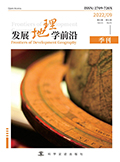参考文献
[1] Liu B, Liu G, Li H, et al. Would widespread adoption of third-generation nuclear power HPR1000 enhance the mitigation of net greenhouse gas emissions?[J]. iScience, 2025, 28(3): 111923.

